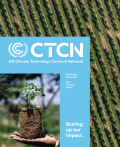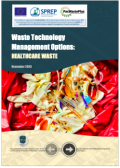
Cities play an influential role in achieving a sustainable future, with London’s consumption-based emissions, embedded within the products consumed in the city, being 3.5 times bigger than the territorial emissions, occurring within the city boundaries. When exploring these impacts, it is therefore critical to understand not just the emissions that are directly responsible for producing within the city’s boundaries, but also those associated with things that are consumed – in this case food – that are imported from elsewhere.
This report explores the mass of materials flowing through London and their associated consumption-based emissions across the entire food and beverage supply chain within Greater London - from imports, primary production, manufacturing, wholesale and retail to consumption in food service and the home, to how waste is managed.




